Football: 2009-2021 Oregon coaching review part 3
The Transition Coaches: Willie Taggart
Between 1977 and 2008, the Oregon Ducks had just two head football coaches. For more than 30 years, that remarkable consistency allowed the program to steadily grow from its humble place it occupied in the early to mid-1970s to the national presence it enjoys today.
In stark contrast, between 2009 and 2021, Oregon had four different head coaches in just 12 years—twice as many as in the previous 31—with none staying longer than four seasons. As Dan Lanning enters his fourth season in 2025, hopefully beginning a tenure more in line with Oregon legends Rich Brooks and Mike Bellotti, it feels like the right time to reflect on the era of transition that followed Bellotti’s retirement.
This series will take a close look at each coach from that period: what they did well, where they struggled, and what the facts and numbers say beyond the familiar narratives.
Next Up: Willie Taggart
What We Remember – And How His Team Performed
No other coach in this series embodies the term “transition” quite like Taggart. He was hired after Oregon fired Mark Helfrich—the first time the school had fired a head football coach in over 40 years. As a result, the 2017 season marked the end of a decades-long chain of internal promotions and the start of something new: a true outsider brought in to rebuild the program quickly after its dramatic fall.
We’ll never know if Taggart was truly the right man to steer the ship long-term, as his tenure lasted fewer than 364 days. Less than one year after leaving South Florida and accepting the Oregon job, he returned to Florida to become the head coach at Florida State in December 2017.
And if there’s one thing people remember most about Taggart’s time in Eugene, it’s that—it was brief.
So, this article will essentially be a deep dive into the 2017 season and 2018 recruiting class.
Overall Results
Here’s how Taggart’s one season as head coach stacked up in terms of overall and conference win percentage:
:no_upscale()/cdn.vox-cdn.com/uploads/chorus_asset/file/26023609/win_p.png)
:no_upscale()/cdn.vox-cdn.com/uploads/chorus_asset/file/26023611/win_p_conference.png)
Nothing spectacular, but a clear improvement over the previous season. Perhaps what made the 2017 season feel most successful was what didn’t happen:
- Oregon didn’t miss a bowl game
- Oregon didn’t lose to Oregon State
- Oregon didn’t field one of the worst defenses in the last 30 years
Offensive Performance
Like the three head coaches before him, Taggart was a former offensive assistant before landing his first head coaching job at Western Kentucky. However, unlike Chip Kelly and Mark Helfrich—whose offensive schemes were variations of the same system—Taggart brought something a bit different. Dubbed the “Gulf Coast Offense,” it was a nod to his Florida roots. It bore some similarities to the previous up-tempo system but was less reliant on speed and emphasized motion and the Pistol formation.
Because Taggart only coached one season, I’m including charting stats from the year prior (2016) to give added context. Both seasons featured Justin Herbert as the primary starting quarterback. Note: Herbert started 7 games in 2016 and 8 in 2017 due to injury.
:no_upscale()/cdn.vox-cdn.com/uploads/chorus_asset/file/26023612/O.png)
When comparing the 2016 and 2017 offenses, the results are nearly identical, with only a slight dip in rushing explosiveness. Based on Taggart’s post-Oregon track record, one could argue that he wasn’t so much an offensive innovator as a coach who benefited from having great quarterbacks.
In his final season at South Florida, Taggart had Quinton Flowers, the AAC Offensive Player of the Year, who was a huge part of the Bulls’ success—and likely a major factor in Taggart landing the Oregon job.
In 2017, when Herbert went down, Oregon’s offense cratered. The splits between Herbert-led and non-Herbert-led games were stark.
:no_upscale()/cdn.vox-cdn.com/uploads/chorus_asset/file/26023613/O_Herb.png)
Now, is it Taggart’s fault that the roster lacked a viable backup QB? Not really—he inherited the roster, and this was before the transfer portal era. But if he were a true offensive guru, you’d hope he could scheme up something at least serviceable—not 2023 Iowa bad.
Herbert’s absence even dragged down the defense. All four defensive rate stats tracked by Hythloday worsened by at least 2%, suggesting that Herbert’s injury had ripple effects across the entire team.
Defensive Performance
If Taggart’s offense held steady/slightly regressed, his defense improved significantly. He inherited one of Oregon’s worst defenses in recent memory and managed to make it at least slightly above average.
Upon being hired, Taggart brought in Jim Leavitt to run the defense. After the disaster of 2016, Leavitt felt like a miracle worker—both to fans and according to the charting data.
:no_upscale()/cdn.vox-cdn.com/uploads/chorus_asset/file/26023614/D.png)
Leavitt improved the defense in five of six major categories, with passing explosiveness being the lone outlier. This was essentially the same set of players, yet the unit was top-to-bottom better.
You’d have to go back to 2010 to find an Oregon defense with better yards per carry and yards per attempt allowed. From 2009 through 2023, only one Oregon defense posted a better opponent passing efficiency than Leavitt’s 2017 squad.
Recruiting
If there’s one universally acknowledged success from Taggart’s time at Oregon, it’s recruiting. In his first—and only—cycle, Taggart signed what was then Oregon’s best-ever recruiting class.
While Kelly was able to parlay Oregon’s on-field success into some notable recruiting wins, Taggart took over a struggling program and immediately proved that you could recruit at an elite level in Eugene.
Here’s how the program’s performance stacked up heading into each coach’s best class, based on the 247 Composite:
- Kelly – Avg. Wins previous 3 seasons: 10.67 | Best ever Composite Score: 257.09
- Helfrich – Avg. Wins previous 3 seasons: 12.00 | Best ever Composite Score: 245.79
- Taggart – Avg. Wins previous 3 seasons: 6.67 | Best ever Composite Score: 260.22
Taggart didn’t just recruit well—he built a staff full of elite recruiters. Many of them didn’t follow him to Florida State and instead stayed at Oregon under Mario Cristobal. Stay tuned for next week’s article on Cristobal.
Summary: Strengths & Weaknesses
Because Taggart coached just one season, it’s hard to evaluate his units as long-term strengths or weaknesses. Hythloday could probably do a better job commenting on how Taggart and Leavitt’s units would have fared long-term. Instead, I will keep it big picture:
Strengths
- Recruiting
- Assistant Hiring
Weaknesses
This didn’t fit neatly elsewhere, but one thing I remember vividly from 2017 was the number of flags on the field. While not all penalties reflect discipline issues (e.g., holding vs. unsportsmanlike conduct), Oregon led the nation in average offensive penalty yardage per game and ranked 54th in defensive penalty yardage. That suggests there was some lack of control.
The Actual Legacy vs. The Perceived Legacy
Now this is where things get interesting.
Among Oregon fans, Taggart’s legacy is often defined by betrayal—the guy who left us high and dry after we handed him the keys. And while that isn’t false, I’d argue he also did a lot of good in just one year:
- Hired a strong staff that boosted the Cristobal era
- Reignited recruiting
- Brought in a defensive coordinator who wore (and used!) a headset
What’s funny is that, based on his lack of success post-Oregon, it was probably for the best that Taggart was only in Eugene for one season. He came in, did what he was good at—recruiting, hiring, building momentum—and left before his weaknesses as a head coach could start to drag down the program.
In that sense, I like to think of Willie Taggart as Oregon’s coaching consultant: brought in for a one-year rebuild, executed the handoff to the next era, and left town before things got messy.
Share this content:
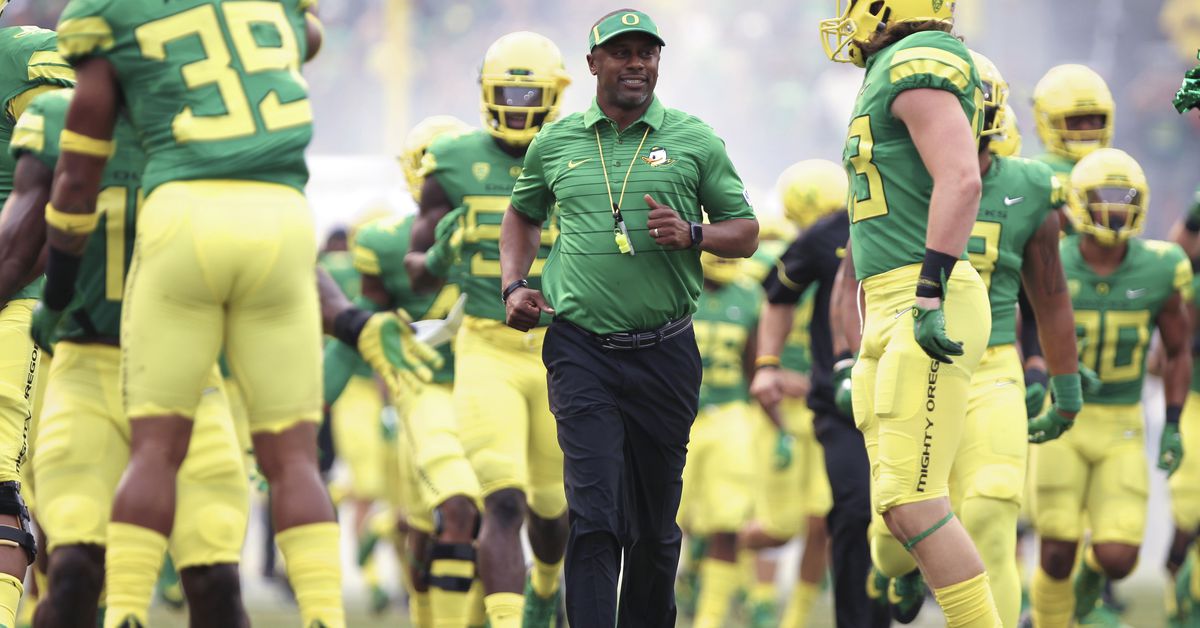

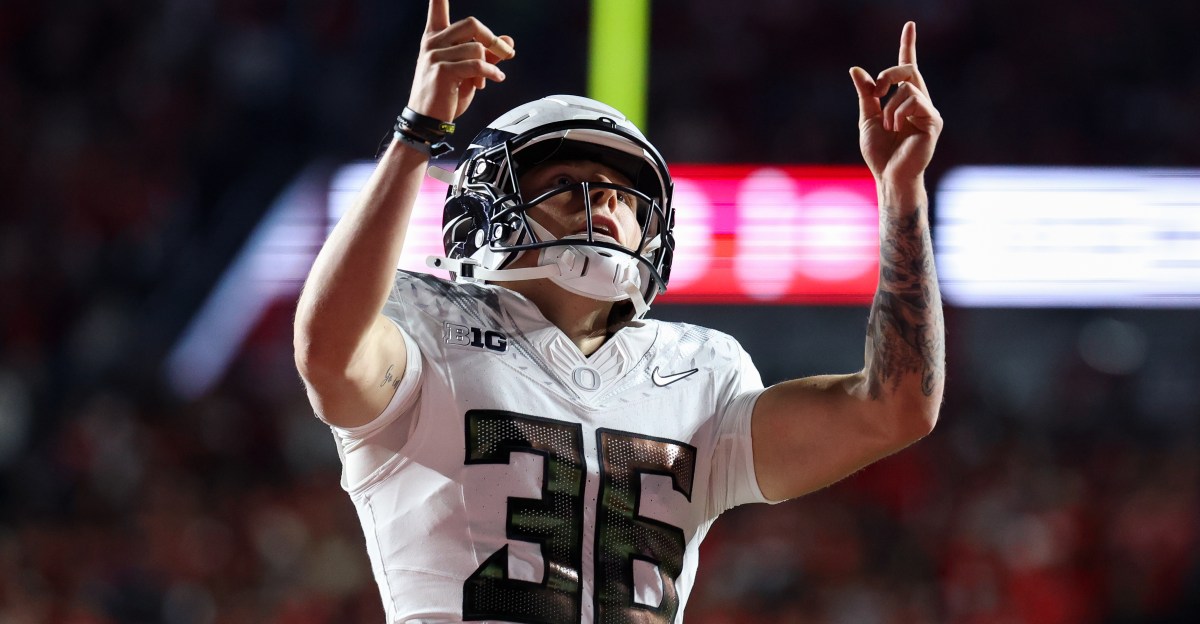
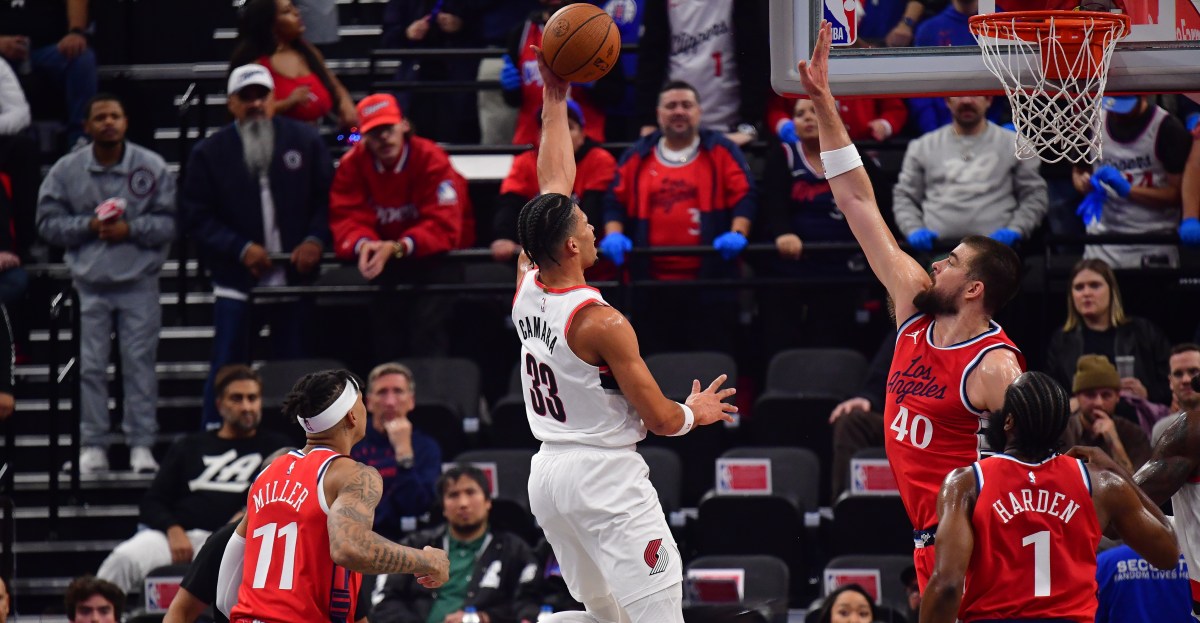


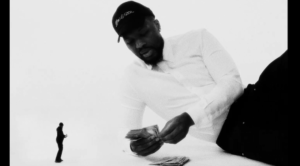


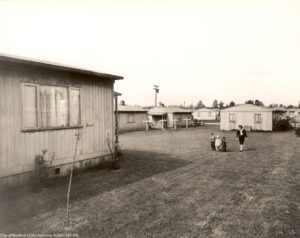
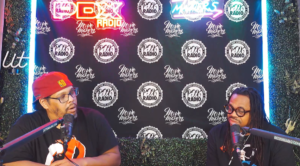




Post Comment